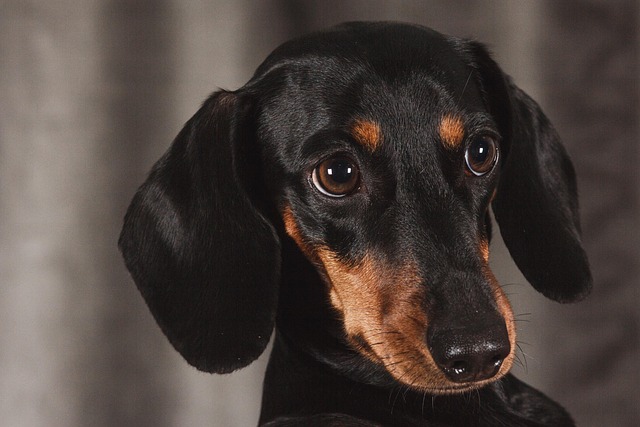
What are 5 common foods to feed dogs if they have an upset stomach
If you’ve ever watched your dog turn away from their food, then spend the next hour pacing and whimpering, you know the panic of an upset stomach.
Figuring out when your dog leaves the puppy phase is like watching seasons change—gradual, beautiful, and full of little surprises. It’s not just about age; it’s about noticing how their body, behavior, and bond with you evolve. Let’s break down the key signs that signal they’re stepping into adulthood.
Size plays a big role in timing. Small breeds like Chihuahuas often mature by 12-14 months, their tiny frames and high energy settling into a calmer rhythm. Medium breeds such as Bulldogs take 14-18 months, while giants like Great Danes need 18-24 months—those massive paws take time to grow into! Physical clues like a shiny adult coat (say goodbye to puppy fuzz) and sturdy adult teeth (replacing those sharp baby ones by 6-8 months) also mark the shift.
Behavioral changes are where the “puppy madness” starts to fade. Remember the midnight zoomies and shoe-chewing marathons? By 12-18 months, most dogs settle into a routine, responding better to commands and showing more self-control. That doesn’t mean they lose their spark—just that they channel it into longer walks or puzzle toys instead of chaos. Even a 2-year-old Golden Retriever might still steal your socks, but with a guilty wag that says, “Oops, old habits die hard.”
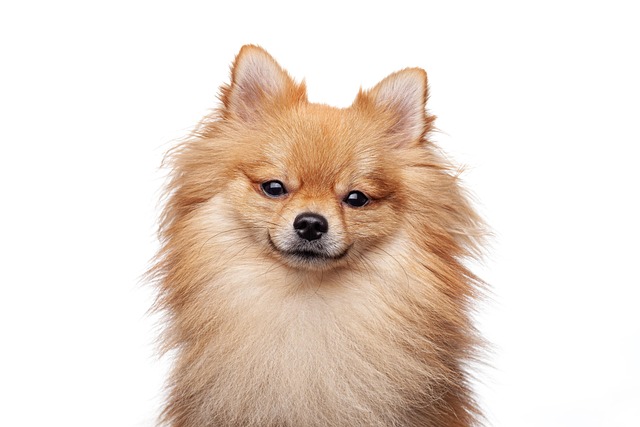 Mental maturity varies as much as their personalities. Some breeds, like serious Shepherds, act “grown-up” by 18 months, while playful Doodles or Retrievers might keep their puppy joy until 3 years old. Think of it as a spectrum: there’s no rush. A dog who still barks at their own tail at 2 is just adding charm to their journey. What matters is patience—every silly moment is part of them figuring out the world (and how to melt your heart).
Mental maturity varies as much as their personalities. Some breeds, like serious Shepherds, act “grown-up” by 18 months, while playful Doodles or Retrievers might keep their puppy joy until 3 years old. Think of it as a spectrum: there’s no rush. A dog who still barks at their own tail at 2 is just adding charm to their journey. What matters is patience—every silly moment is part of them figuring out the world (and how to melt your heart).
Social cues also shift as they mature. Puppies charge into every interaction like it’s a party; adults greet the world with more intention. By 18-24 months, they’re less likely to jump on strangers or wrestle every dog at the park, instead choosing polite sniffs or calm hangs. This is when they settle into their role at home too—maybe as the family’s gentle guardian or the ultimate couch potato. These changes are subtle, but you’ll feel the difference in how they lean on you (literally and figuratively).
Culturally, understanding this transition ties to responsible pet ownership. Many communities have leash laws or spay/neuter guidelines that become more relevant as dogs mature—especially when it comes to managing behavior in public or preventing unintended litters. It’s also a time to celebrate: the puppy days taught you patience; now, the adult years bring a deeper, steadier partnership. Whether hiking trails or binge-watching TV, your grown-up pup is ready to be your sidekick.
So when does the puppy stage end? There’s no exact date—it’s a blend of breed, behavior, and those tiny daily moments where they seem just a little more “adult.” A 7-year-old dog might still chase their tail with joy, proving that puppyhood lives on in spirit. The real magic is in embracing each phase: the wobbly first steps, the teenage clumsiness, and the confident stride of an adult who knows they’re loved, no matter their age.
Growing up with your dog isn’t about marking calendars; it’s about enjoying the ride. Every stage—puppy, teenager, adult—brings new adventures and deeper connections. So cherish the journey, trust the process, and remember: your dog’s “puppy heart” might never fully fade, and that’s what makes them forever wonderful.

If you’ve ever watched your dog turn away from their food, then spend the next hour pacing and whimpering, you know the panic of an upset stomach.

If you’ve ever cleaned up diarrhea or watched your dog vomit after meals, only to feel helpless as they refuse their next bowl of food, you know the stress of a sensitive stomach.
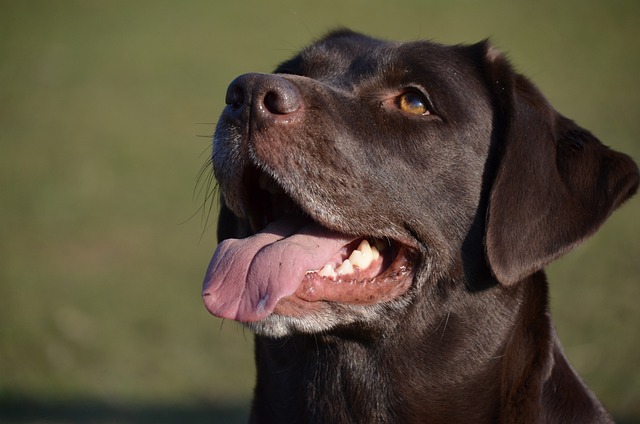
If you’ve ever stared at the ingredient list on your dog’s kibble, wondering what “meat by-products” really are, you’re not alone. New dog owners

If you’ve ever noticed your dog suddenly shaking their head like a wet towel, or pawing at their ear until it’s red and sore, you might’ve wondered if they’re just being “naughty.”
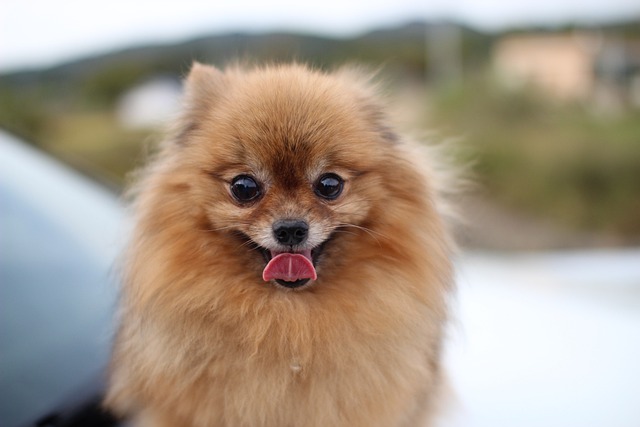
Finding worms in your dog’s stool or noticing them scooting uncomfortably across the floor is enough to make any pet owner’s heart sink.
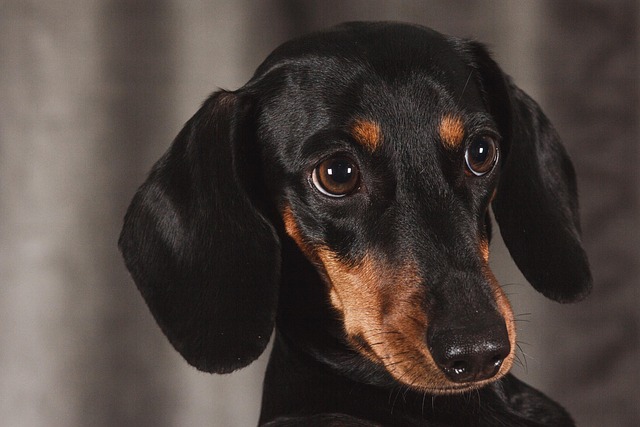
If you’ve ever dreamed of having a dog but hesitated because your eyes water and nose runs around furry pets, you’re not alone.